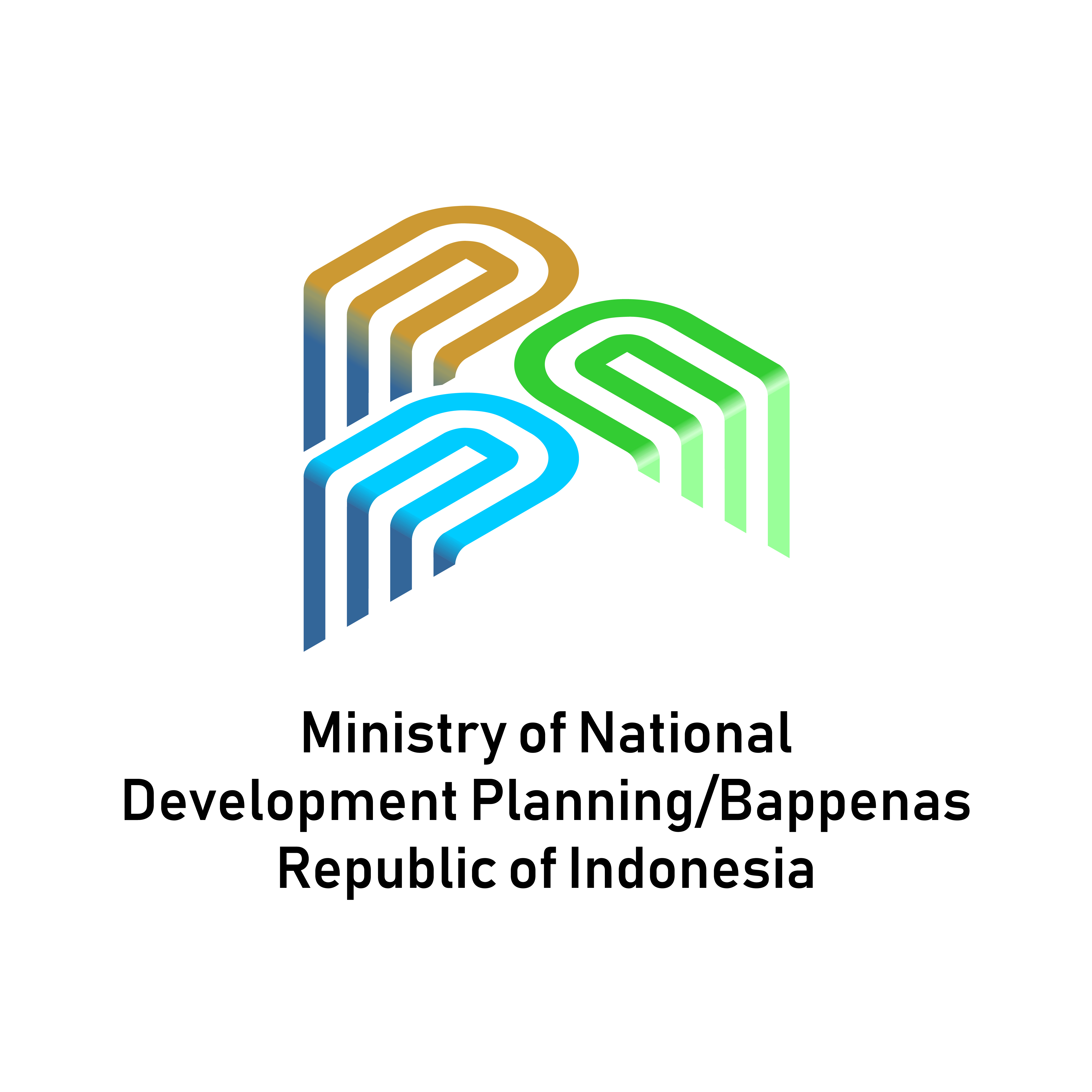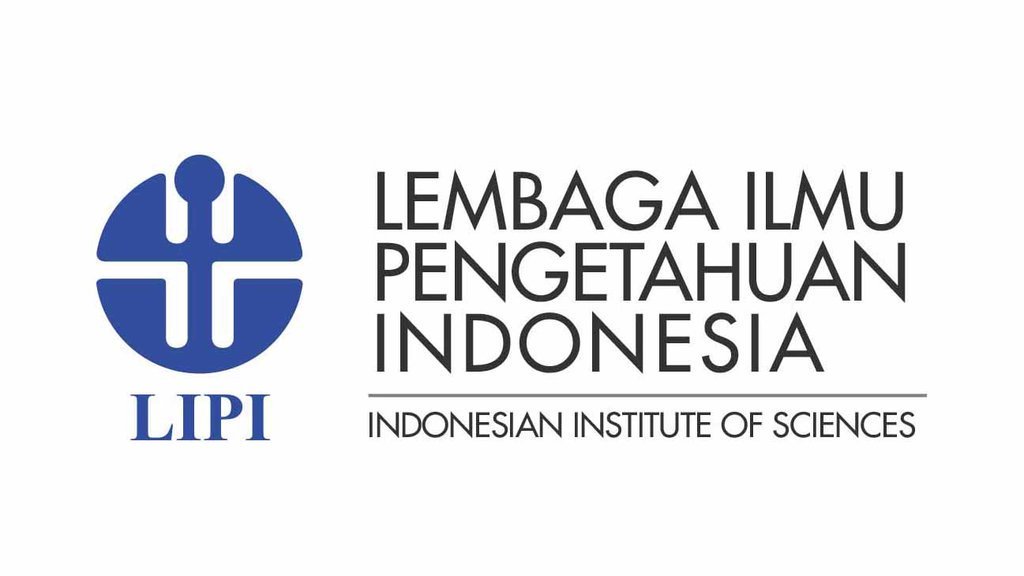Firms' Technological Capabilities toward the Introduction of Industry 4.0: The Case of Supplier Firms in the Indonesia Automotive Industries
DOI:
https://doi.org/10.36574/jpp.v5i1.156Keywords:
technological capabilities, Industry 4.0Abstract
The purpose of this article examines changes in the technological capabilities of the supplier firms in the automotive sector after the introduction of Industry 4.0. The Industry 4.0 policy has recently been introduced to revive the manufacturing industry and promote competitiveness in the global market. Questionnaire data were collected from 32 supplier firms of the automotive component industry in Indonesia. The questionnaire was designed to measure variables, including production, investment, innovation, and linkage capabilities. The result shows that the Indonesian supplier firms, mainly large firms, are engaged in Industry 4.0, which affects their capabilities. Production capabilities have been improved among most firms, including large, small, and medium enterprises. There is an improvement in the volume of production and the quality of products. However, Indonesian small and medium firms acknowledged the limitation of investment and innovation capabilities. Compared with large firms, small and medium firms have limited resources that hinder them from investing in technology or human capital. During the introduction of advanced technologies, supplier firms' linkage relationship and their customers remain relatively stagnant. Moreover, in terms of linkages, in which the arrangement between assemblers and suppliers has been set, the automotive firms are highly independent.
Downloads
Downloads
Published
How to Cite
Issue
Section
License
This is an open-access article distributed under the terms of the Creative Commons Attribution-NonCommercial-ShareAlike 4.0 International License. Copyright © Kementerian PPN/Bappenas RI


















